Cadillac In 1954, this company became the first global automobile manufacturer to equip all of its models with standard power steering. Currently, Cadillac Super Cruise drivers log more than ten million miles each month without needing to manually steer. The Cadillac Seville STS from 2002 was pioneering as it introduced Magnetic Ride Control suspension—the planet’s quickest-adjusting shock system—which today stands at its fourth iteration. This advanced tech now bolsters high-performance Cadillacs such as the CT6 V-Sport. CT5-V Blackwing manage even more effectively, and luxuriate in Cadillac models such as the Escalade to provide an even smoother journey.
Here are just two out of numerous instances. We will be spotlighting below the most significant and noteworthy technological advancements introduced by Cadillac over approximately the last 25 years (some trace back to the '90s). This review also delves into their origins as well as the specific cars and SUVs instrumental in making these innovations widespread.
We’re showcasing ten of Cadillac’s most significant technological innovations and improvements over the past ten years. The features are listed in chronological order according to when they were introduced. Specifications provided in the table apply to the base or entry-level trim version.
OnStar
1997 Cadillac DeVille
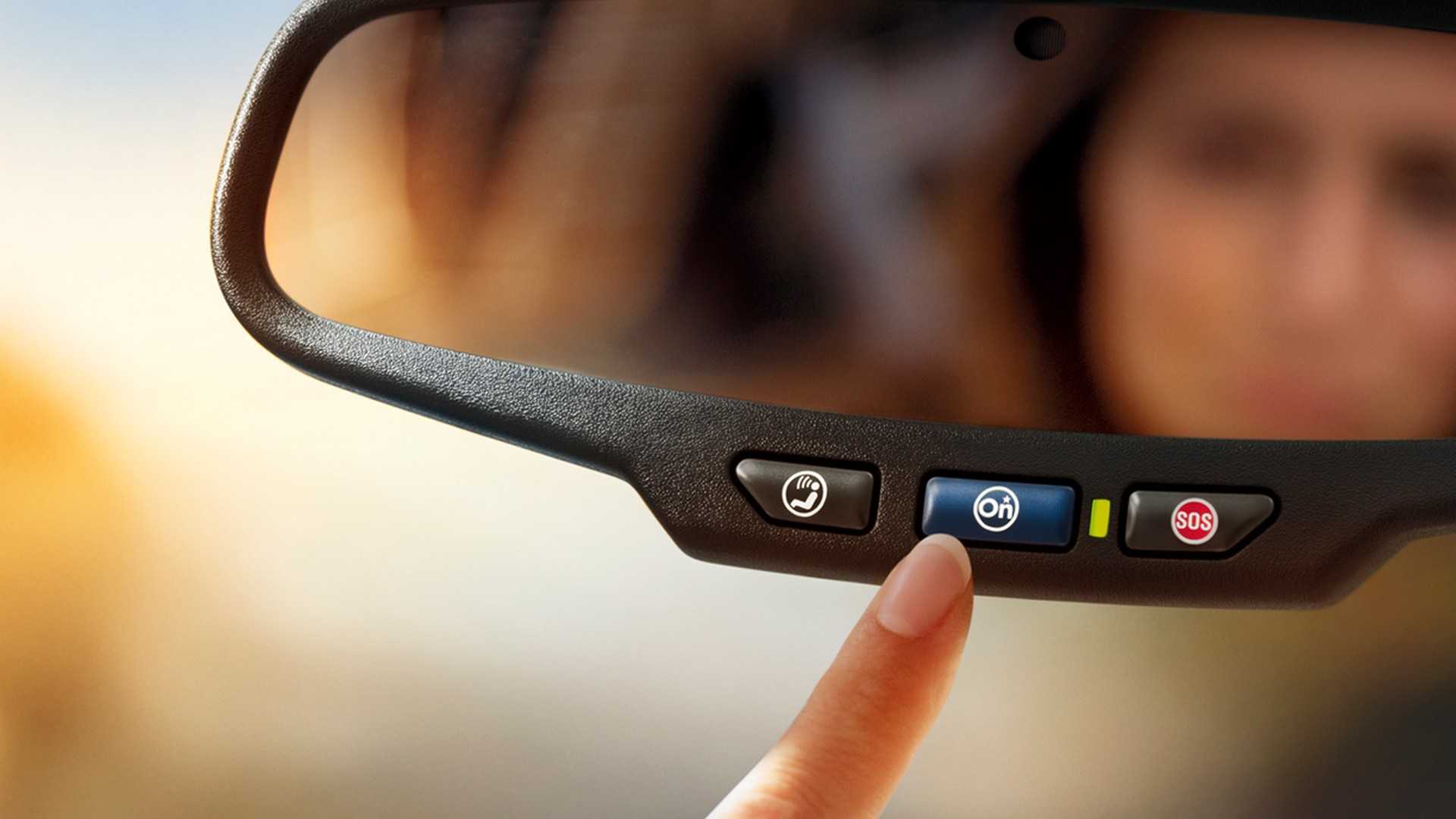
In 1996, OnStar made its debut and was available for installation at dealerships on certain 1997 Cadillac models. The next year brought remote diagnostics, enabling advisers to perform instant health checks upon request. By 2005, OnStar had the capability to independently conduct numerous monthly diagnostic tests and send the outcomes via email. In 2006, pressing a button allowed OnStar Advisers to transmit navigational directions directly onto the car’s dashboard.
Over the last ten years particularly, improvements to OnStar have encompassed Amazon Alexa capabilities, sophisticated theft alert features, and, more recently, the option to utilize complete OnStar functions directly via your smartphone.
Night Vision
2000 Cadillac DeVille
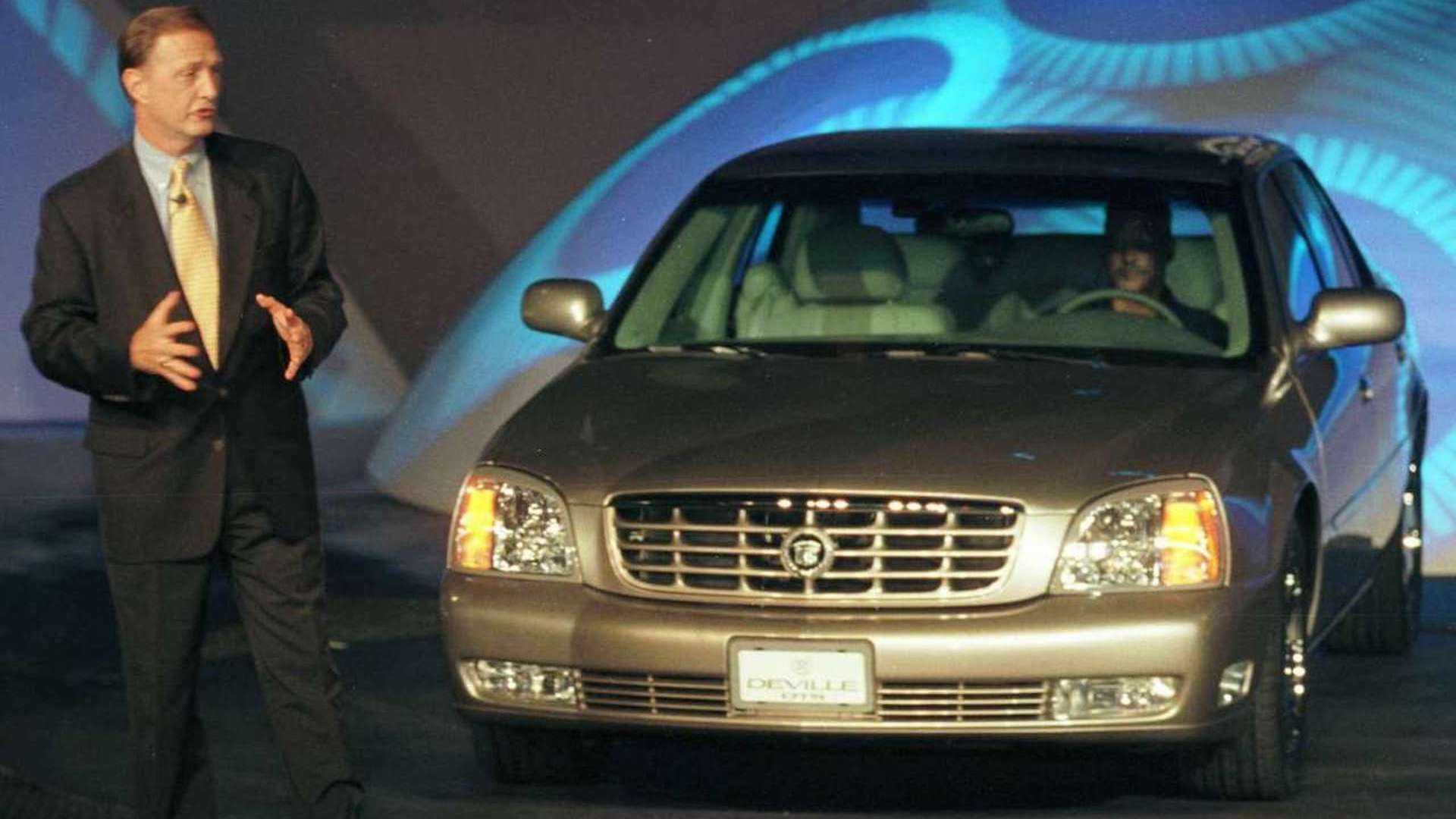
In 2000, the Cadillac DeVille was the first mass-produced vehicle to feature night vision technology, inspiring global luxury automotive brands to adopt similar systems subsequently. With advancements in camera and computing technologies, this night vision capability has progressed significantly since its initial introduction on the Cadillac CT6; it can now recognize, emphasize, and monitor recognized pedestrians and wildlife on displays, aiding drivers in maintaining awareness of their environment during nighttime driving conditions. Expect to find these enhancements spanning various models within the lineup starting from the Cadillac DeVille onwards. XT4 to the Escalade.
Magnetic Ride Control
2002 Cadillac Seville
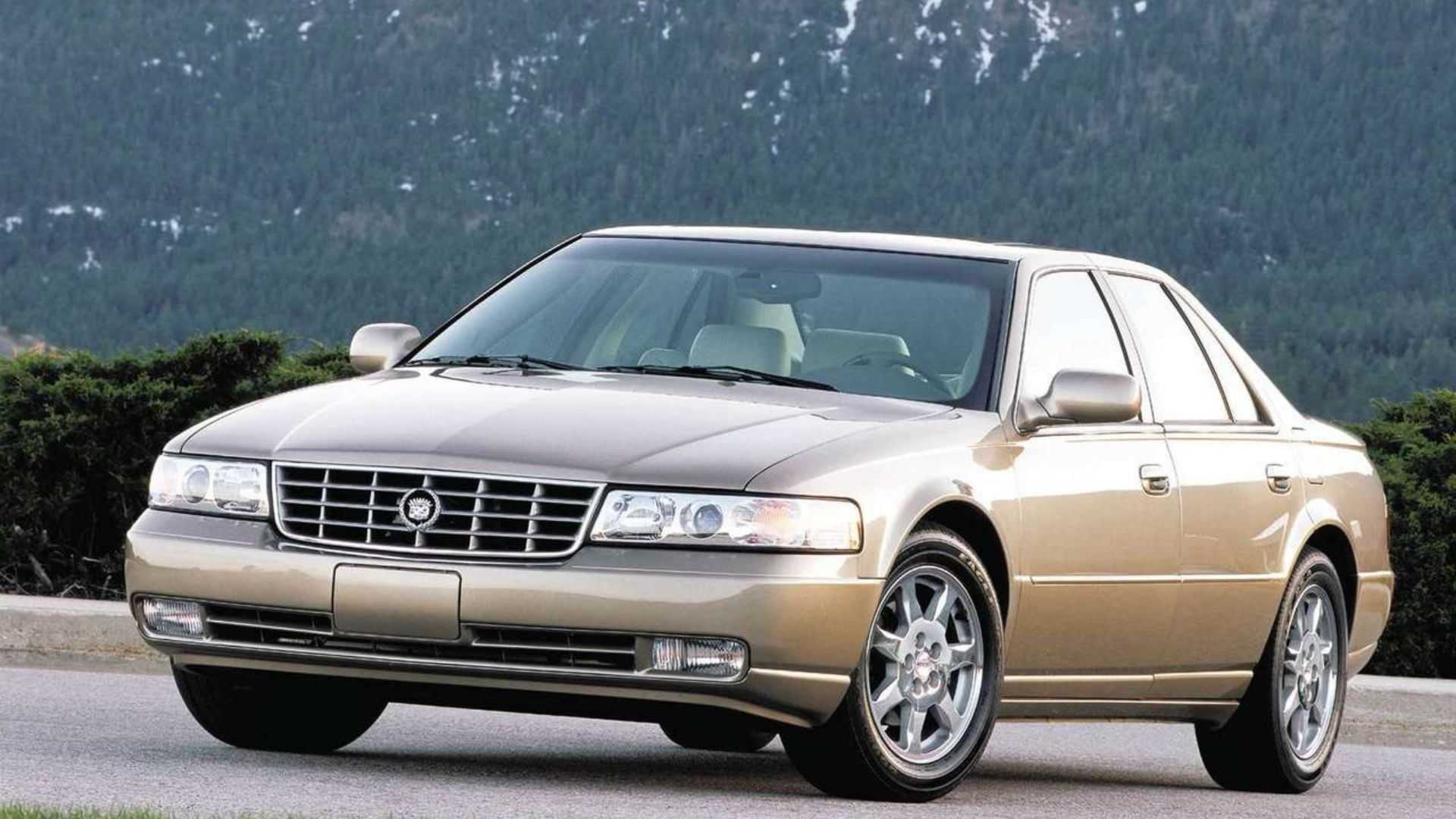
Magnetic Ride Control Introduced with the 2002 Cadillac Seville, Magnetic Ride Control aimed to provide an exceptionally smooth and plush driving experience. By instantly adjusting shock absorber firmness based on road conditions, it ensured greater comfort throughout various terrains. Fast forward to 2025; this distinctive Cadillac feature has evolved into its fourth iteration and operates more efficiently than before—responding quicker to dynamic situations. Enhanced sensors, upgraded components, and advanced processors contribute significantly to these advancements. Notably, Magnetic Ride Control 4.0 factors in ambient temperature when calculating adjustments for optimal operation. This sophisticated system enhances both opulence and ease across models ranging from the luxurious Cadillac Escalade down to their lineup offerings. C8 Corvette .
Camera-Based Rearview Mirror
2016 Cadillac CT6
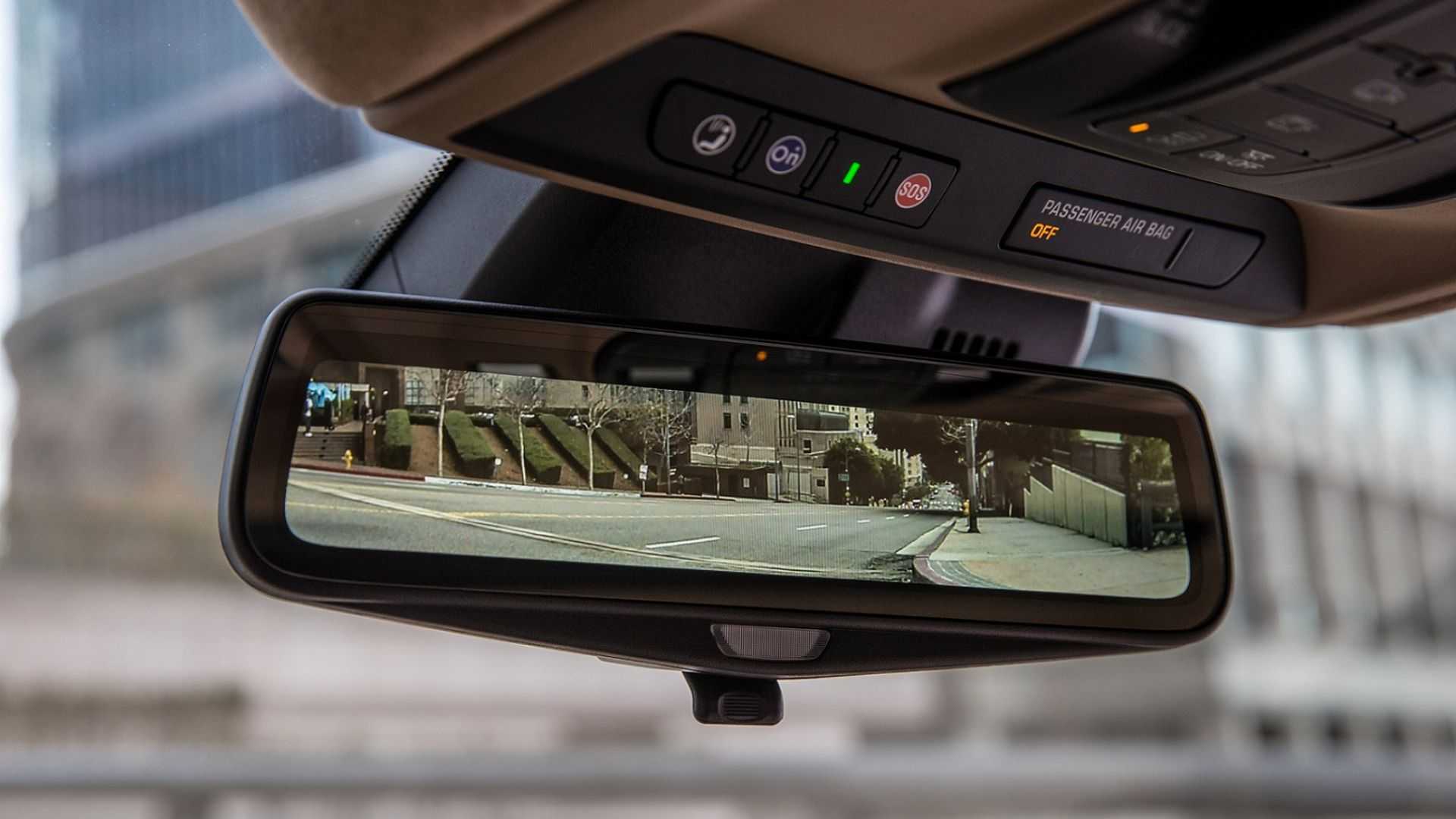
In 2014, Cadillac introduced a prototype for an innovative streaming camera system designed to enhance the driver’s ability to view what's behind them by threefold compared to traditional mirrors. This cutting-edge Rear Camera Mirror technology replaced the standard rearview mirror with a real-time video screen fed by a broad-view camera positioned at the back of the car. As a result, motorists gained improved awareness of their environment, and specialized software along with advanced lens treatments eliminated issues caused by light reflections. Initially rolled out in 2016 models, this advancement promised enhanced safety and convenience for drivers. Cadillac CT6 And is now extensively offered throughout the range of models.
Electronic Limited-Slip Differential
2016 Cadillac ATS-V Sedan

Pinpointing precisely which Cadillac was the first to use an electronic Limited-Slip Differential (eLSD) can be challenging, but we are aware that it did occur. Cadillac ATS-V In the mid-2010s, someone utilized an electronic Limited-Slip Differential (eLSD) effectively, and the most recent iteration of this technology has been installed in the Cadillac CT5-V Blackwing, as we will discuss later on this page. Unlike conventional systems, limited-slip differentials Which relies on a mechanical process initiated by wheel rotation, the electronic Limited Slip Differential (eLSD) uses an external electric motor to drive a hydraulic pump. The pump then influences the clutch within the system. This allows for highly accurate adjustments to the clamping force prior to any occurrence of wheelspin—even when the car isn’t moving yet. In simpler terms, this smartly managed rear differential optimizes traction ahead of time, enhancing both acceleration performance and lap times.
Super Cruise
2018 Cadillac CT6
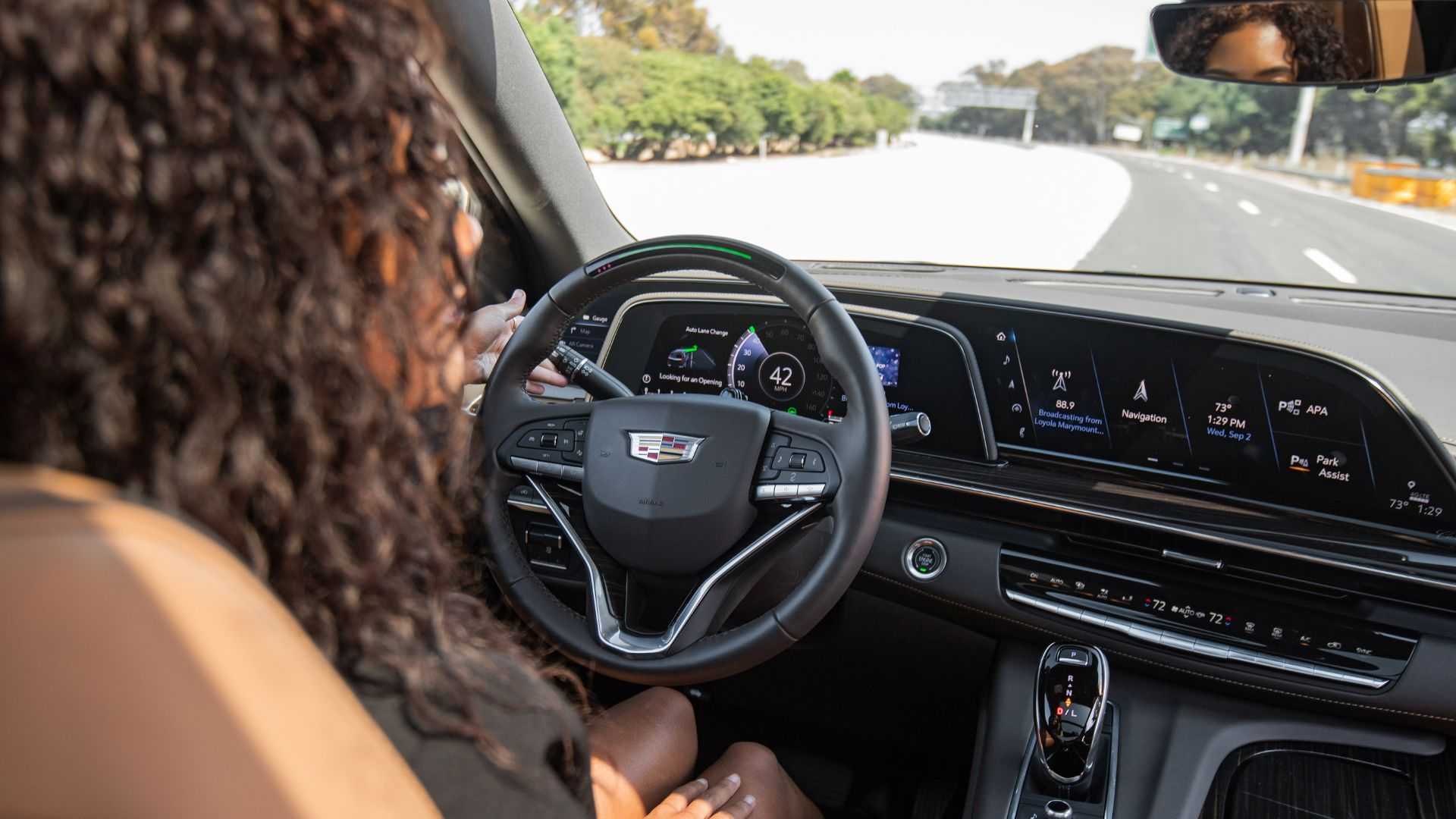
In 2012, Cadillac announced that it was road testing a semi-autonomous 'self-driving' technology . In 2017, the first coast-to-coast drive with Super Cruise hands-free tech took place in a fleet of 12 Cadillac CT6s. Marketed as the world's first hands-free driving system for the freeway, Super Cruise then used advanced 3D mapping database info and souped-up sensors to enable hands-free driving on well over 100,000 miles of divided freeways in the US and counting.
Currently, this technology is extensively featured in numerous Cadillac models such as the XT6. Optiq And with Escalade IQ, you can utilize it across more than 750,000 miles of North American roadways.
OLED Dashboard Display
2021 Cadillac Escalade
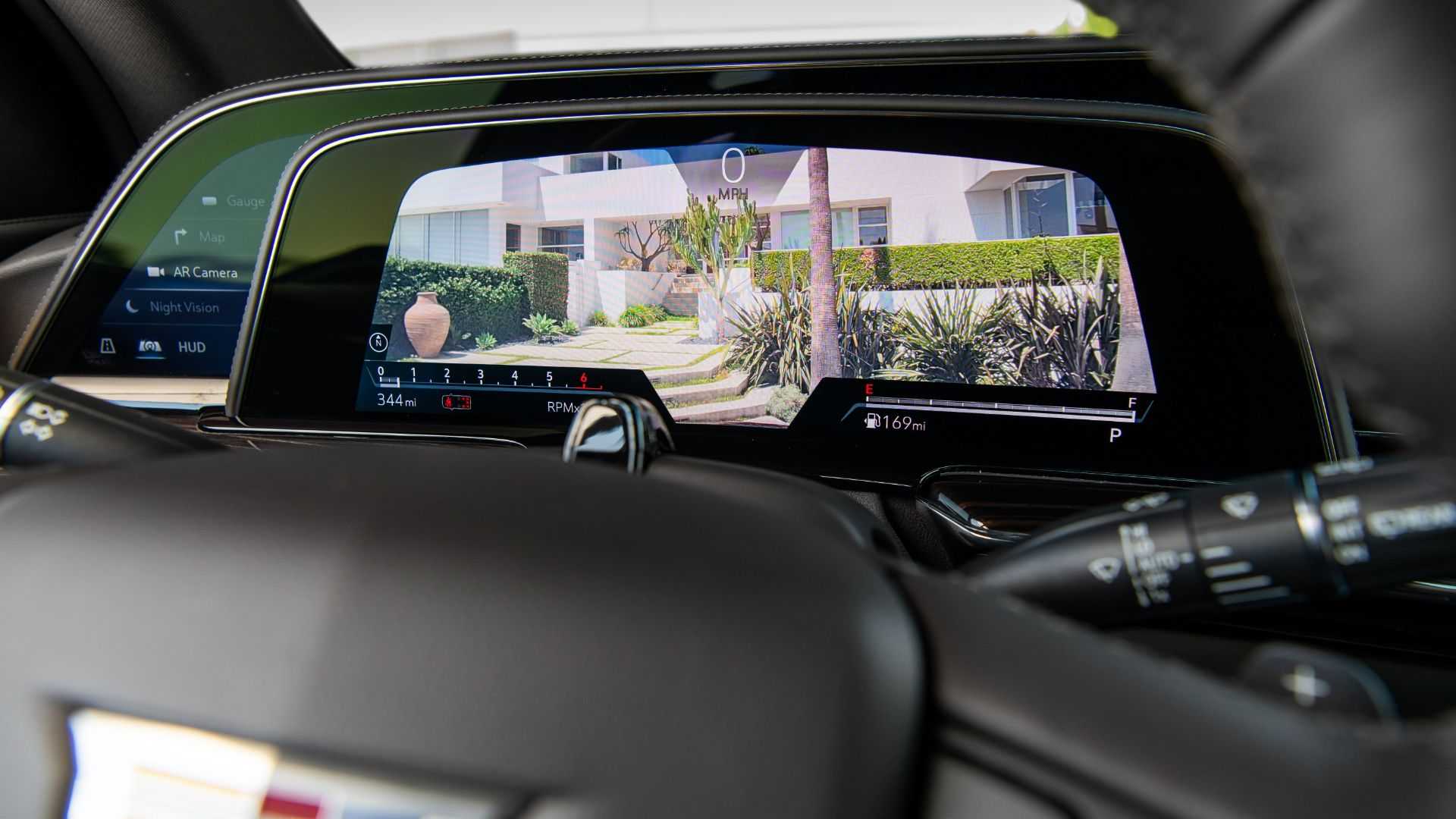
When the new-for-2021 Cadillac Escalade When it launched, this model introduced multiple high-end SUV innovations, such as being the pioneer with a curved OLED screen in the industry. This OLED panel is incredibly slim, allowing it to bend seamlessly over much of the instrument cluster.
Offering a significant edge when navigating at night, this advanced screen boasts exceptionally sharp visuals and remains gentle on the eyes. Expect over 38 inches of diagonal viewing area, along with double the pixel count compared to a typical 4K television.
Next-Generation Active Noise Cancellation
2023 Cadillac Lyriq
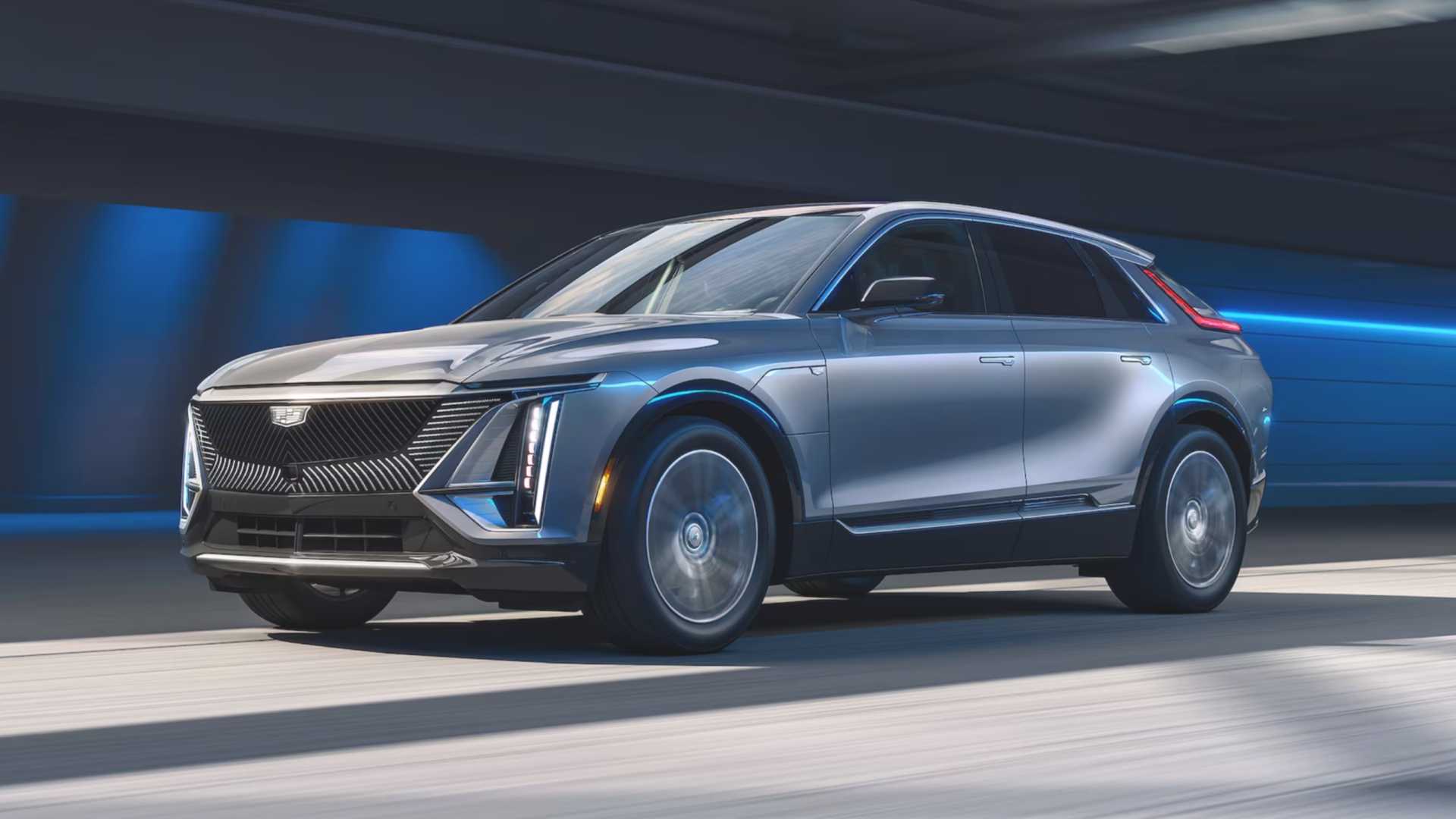
For many years, active noise cancellation technology has employed sound waves to counteract noises via destructive interference in cars, with the first Cadillac model likely incorporating this feature around 2013. ATS , featuring a Bose audio system. By employing microphones to capture ambient sounds and utilizing speakers to emit counteracting sound waves, specific noise could be canceled out for a more peaceful journey. Jumping ahead to 2023, the latest Cadillac comes equipped with this technology. Lyriq evolves the basic concept, now using multiple microphones and new sensors that can detect vibrations in individual parts of the vehicle's body. That's advanced tech working towards a ride quiet enough for an electric Cadillac.
Google Integrated (Next-Generation Entertainment)
2024 Cadillac XT4
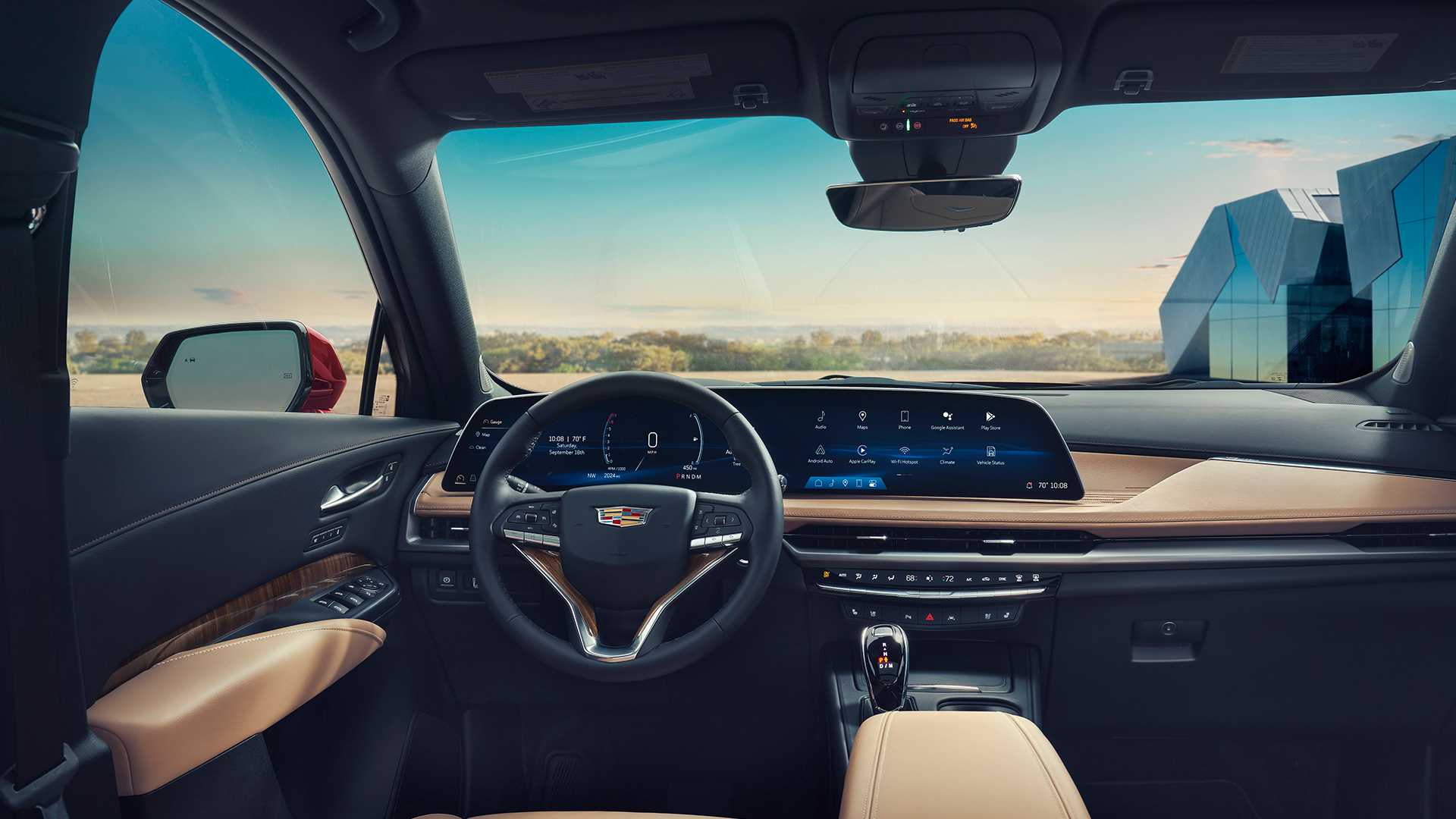
Infotainment and connectivity systems assist in selling vehicles, and in 2024, the updated XT4 SUV was among the initial Cadillac models equipped with Google Built-In. Thanks to a new 5G hotspot feature, Google Built-In integrates a voice assistant, navigation maps, and hands-free access to real-time traffic and weather directly into the dashboard.
Drivers can log into their Google accounts from the dashboard to access numerous functions without the need to connect a smartphone.
Vehicle-to-Home (V2H) and Vehicle-to-Load (V2L) Capabilities
2025 Cadillac Escalade IQ
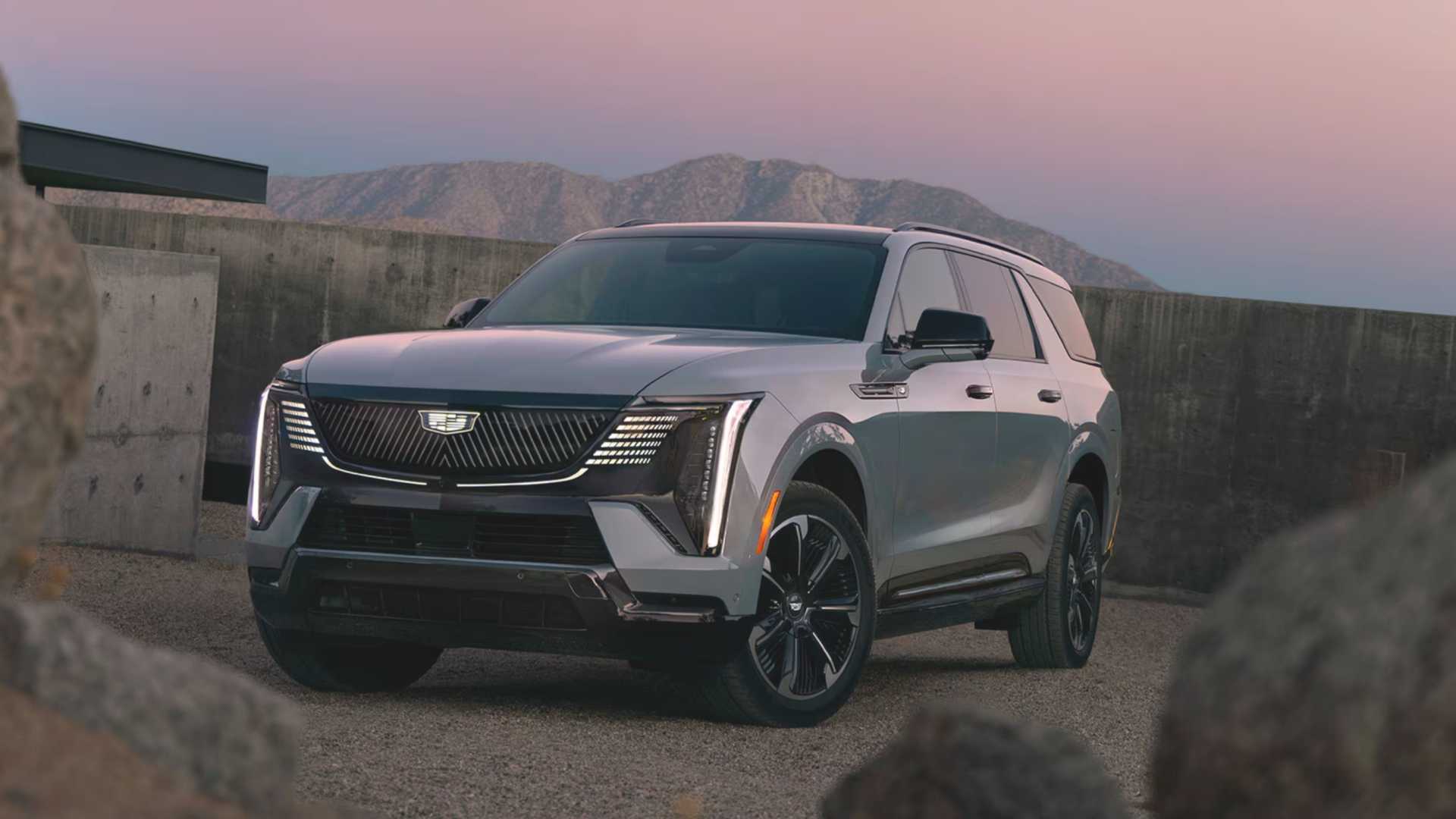
Your upcoming Cadillac could potentially serve as an emergency power source for your home or cabin. The inaugural electric model of Cadillac was the Lyriq , which arrived in 2023 and it did recently adding a new Lyriq-V performance variant . The Escalade IQ arrived the next year and was the inaugural Cadillac model to feature Vehicle-to-Home (V2H) bi-directional charging technology through GM Energy’s system. available Ultium Home products With suitable equipment and setup, customers have the ability to transfer power directly from their vehicle to their residence, enabling them to run lighting fixtures or household appliances during electrical outages. Additionally, the car will recharge itself automatically once regular electricity supply resumes. An available option called Vehicle-to-Load (V2L) lets the battery within the Escalade IQ provide energy for outside gadgets.
Sources: Cadillac.

Posting Komentar
Posting Komentar